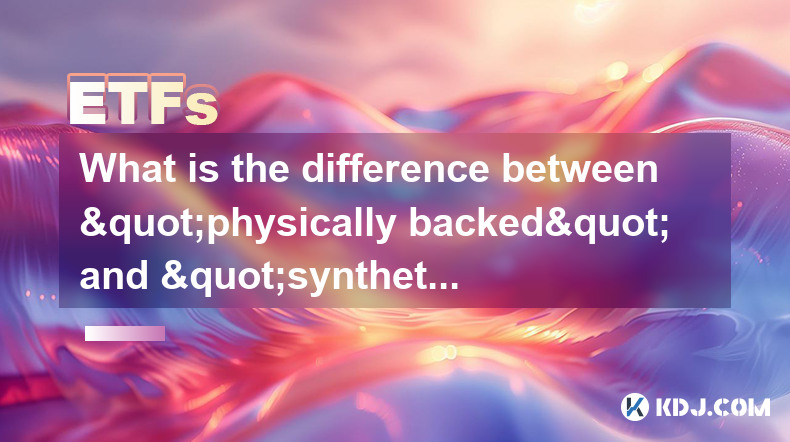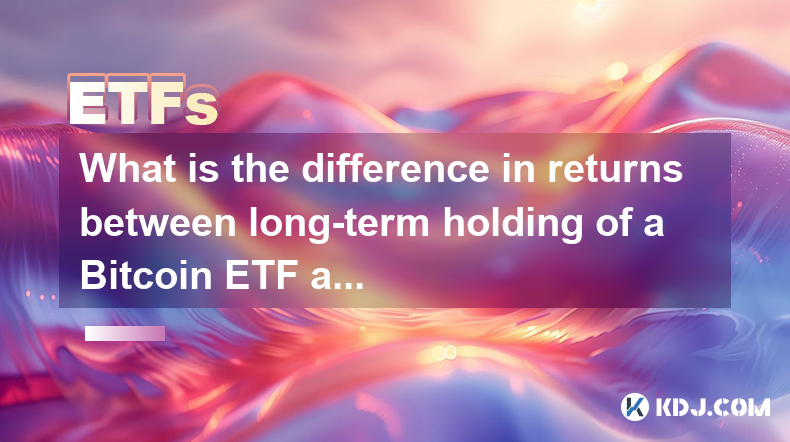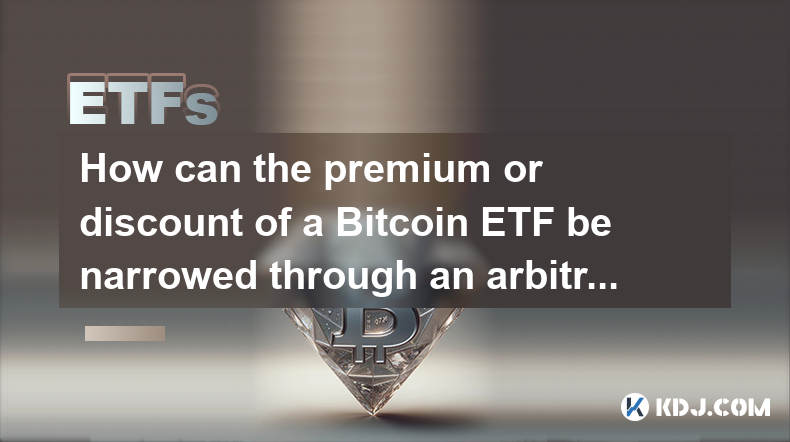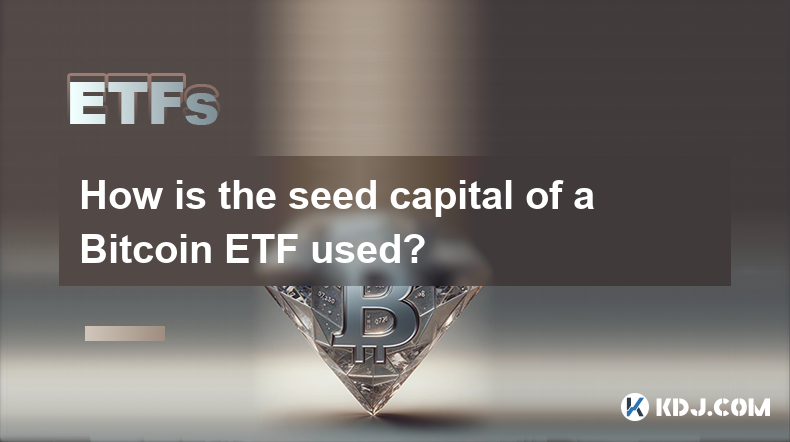-
 Bitcoin
Bitcoin $84,789.0770
-0.12% -
 Ethereum
Ethereum $1,630.3859
-0.74% -
 Tether USDt
Tether USDt $0.9996
-0.01% -
 XRP
XRP $2.1760
1.82% -
 BNB
BNB $586.6949
-1.62% -
 Solana
Solana $131.8882
1.50% -
 USDC
USDC $0.9999
0.01% -
 Dogecoin
Dogecoin $0.1675
0.53% -
 TRON
TRON $0.2540
2.56% -
 Cardano
Cardano $0.6594
1.02% -
 UNUS SED LEO
UNUS SED LEO $9.3936
0.78% -
 Chainlink
Chainlink $13.0864
-0.02% -
 Avalanche
Avalanche $20.3915
0.24% -
 Stellar
Stellar $0.2483
1.33% -
 Sui
Sui $2.3081
-0.44% -
 Shiba Inu
Shiba Inu $0.0...01237
-1.53% -
 Toncoin
Toncoin $2.9289
-2.87% -
 Hedera
Hedera $0.1704
-0.95% -
 Bitcoin Cash
Bitcoin Cash $346.7156
-1.03% -
 Litecoin
Litecoin $79.8100
1.19% -
 Polkadot
Polkadot $3.8011
2.39% -
 Hyperliquid
Hyperliquid $16.2131
-0.32% -
 Dai
Dai $1.0000
-0.02% -
 Bitget Token
Bitget Token $4.3216
-1.48% -
 Pi
Pi $0.7505
2.17% -
 Ethena USDe
Ethena USDe $0.9989
-0.01% -
 Monero
Monero $205.6899
0.05% -
 Uniswap
Uniswap $5.5005
-0.93% -
 OKB
OKB $53.7104
0.06% -
 Pepe
Pepe $0.0...07563
1.32%
What is the difference between "physically backed" and "synthetic" Bitcoin ETFs in terms of holding assets?
Physically backed Bitcoin ETFs hold actual Bitcoin, offering direct price tracking and high transparency, while synthetic ETFs use derivatives, posing counterparty and tracking risks.
Apr 10, 2025 at 04:56 pm

Bitcoin Exchange Traded Funds (ETFs) have become a popular way for investors to gain exposure to the cryptocurrency market without directly owning the underlying asset. There are two primary types of Bitcoin ETFs: physically backed and synthetic. Understanding the differences between these two types, particularly in terms of how they hold assets, is crucial for investors looking to make informed decisions.
What is a Physically Backed Bitcoin ETF?
A physically backed Bitcoin ETF holds actual Bitcoin in its portfolio. This means that for every share of the ETF that an investor buys, the fund holds a corresponding amount of Bitcoin. The value of the ETF is directly tied to the market price of Bitcoin, and the fund's performance mirrors the price movements of the cryptocurrency.
- Asset Holding: The fund directly owns Bitcoin, which is stored in secure digital wallets or with a custodian.
- Price Tracking: The ETF's price closely tracks the price of Bitcoin, with minor deviations due to fees and other operational costs.
- Transparency: Investors can often see the exact amount of Bitcoin held by the fund, providing a high level of transparency.
- Risks: The primary risk is the security of the Bitcoin holdings, as any breach or loss could impact the value of the ETF.
What is a Synthetic Bitcoin ETF?
A synthetic Bitcoin ETF, on the other hand, does not hold actual Bitcoin. Instead, it uses financial instruments such as swaps, futures, and options to replicate the performance of Bitcoin. These instruments are agreements between the fund and a counterparty, typically a financial institution, to exchange cash flows based on the price movements of Bitcoin.
- Asset Holding: The fund holds financial derivatives rather than actual Bitcoin. These derivatives are designed to mimic the price movements of Bitcoin.
- Price Tracking: The ETF's price aims to track the price of Bitcoin, but there can be discrepancies due to the nature of the derivatives used.
- Transparency: The holdings of a synthetic ETF can be less transparent, as they involve complex financial instruments and counterparty agreements.
- Risks: The main risks include counterparty risk, where the financial institution fails to meet its obligations, and the potential for tracking errors due to the imperfect nature of the derivatives.
Comparing Asset Holdings
The most significant difference between physically backed and synthetic Bitcoin ETFs lies in their asset holdings. A physically backed ETF holds actual Bitcoin, providing a direct link between the ETF's value and the cryptocurrency's market price. In contrast, a synthetic ETF holds financial derivatives, which are designed to replicate Bitcoin's price movements but do not involve owning the cryptocurrency itself.
- Physically Backed ETF: The fund's assets include Bitcoin stored in digital wallets or with a custodian. This direct ownership provides a clear and tangible connection to the cryptocurrency.
- Synthetic ETF: The fund's assets consist of financial derivatives such as swaps, futures, and options. These instruments are used to create a synthetic exposure to Bitcoin's price without holding the actual cryptocurrency.
Impact on Price Tracking
The method of asset holding also affects how well the ETF tracks the price of Bitcoin. A physically backed ETF typically offers more accurate price tracking because its value is directly tied to the market price of Bitcoin. Any changes in Bitcoin's price are reflected almost immediately in the ETF's value, with only minor deviations due to fees and operational costs.
In contrast, a synthetic ETF may experience tracking errors due to the nature of the financial derivatives used. These derivatives are designed to mimic Bitcoin's price movements, but they can be imperfect, leading to discrepancies between the ETF's performance and the actual price of Bitcoin. Additionally, the performance of a synthetic ETF can be influenced by the creditworthiness of the counterparty involved in the derivatives agreements.
Transparency and Investor Confidence
Transparency is another key area where physically backed and synthetic Bitcoin ETFs differ. A physically backed ETF often provides a high level of transparency, as investors can see the exact amount of Bitcoin held by the fund. This transparency can enhance investor confidence, as it offers a clear view of the fund's assets and their value.
On the other hand, a synthetic ETF can be less transparent due to the complexity of the financial derivatives used. Investors may not have a clear view of the fund's holdings, as they involve agreements with counterparties and the use of various financial instruments. This lack of transparency can lead to uncertainty and potentially lower investor confidence.
Risks and Considerations
Both types of Bitcoin ETFs come with their own set of risks and considerations. For a physically backed ETF, the primary risk is the security of the Bitcoin holdings. Any breach or loss of the cryptocurrency could significantly impact the value of the ETF. Additionally, the costs associated with securely storing and managing Bitcoin can affect the fund's performance.
For a synthetic ETF, the main risks include counterparty risk and tracking errors. Counterparty risk arises if the financial institution involved in the derivatives agreements fails to meet its obligations, potentially leading to losses for the ETF. Tracking errors can occur if the derivatives used do not perfectly replicate the price movements of Bitcoin, leading to discrepancies between the ETF's performance and the actual price of the cryptocurrency.
Frequently Asked Questions
Q: Can I convert shares of a physically backed Bitcoin ETF into actual Bitcoin?
A: Typically, shares of a physically backed Bitcoin ETF cannot be directly converted into actual Bitcoin. The ETF holds Bitcoin on behalf of its investors, and the value of the shares is tied to the market price of Bitcoin. If you want to own actual Bitcoin, you would need to sell your ETF shares and use the proceeds to purchase Bitcoin on a cryptocurrency exchange.
Q: Are synthetic Bitcoin ETFs more suitable for short-term trading?
A: Synthetic Bitcoin ETFs can be suitable for short-term trading due to their use of financial derivatives, which can offer more flexibility in terms of trading strategies. However, the potential for tracking errors and counterparty risk should be carefully considered, as these factors can impact the ETF's performance over short periods.
Q: How do regulatory environments affect the availability of physically backed and synthetic Bitcoin ETFs?
A: Regulatory environments play a significant role in the availability of both types of Bitcoin ETFs. Some jurisdictions may have stricter regulations around the holding and trading of cryptocurrencies, which can impact the ability to launch and operate physically backed ETFs. Synthetic ETFs, which use financial derivatives, may face different regulatory hurdles, as they involve complex financial instruments and counterparty agreements. Investors should be aware of the regulatory landscape in their region when considering investments in Bitcoin ETFs.
Q: Can I use a synthetic Bitcoin ETF to hedge against my Bitcoin holdings?
A: Yes, a synthetic Bitcoin ETF can be used as a hedging tool against your Bitcoin holdings. By taking a position in a synthetic ETF that moves inversely to Bitcoin's price, you can potentially offset losses in your Bitcoin holdings. However, the effectiveness of this strategy depends on the accuracy of the ETF's tracking and the reliability of the counterparty involved in the derivatives agreements.
Disclaimer:info@kdj.com
The information provided is not trading advice. kdj.com does not assume any responsibility for any investments made based on the information provided in this article. Cryptocurrencies are highly volatile and it is highly recommended that you invest with caution after thorough research!
If you believe that the content used on this website infringes your copyright, please contact us immediately (info@kdj.com) and we will delete it promptly.
- Rexas Finance (RXS) Emerges as a Viable Alternative to Shiba Inu (SHIB) for Multi-Millionaire Investors
- 2025-04-14 02:25:13
- Yet another stunning example of the memecoin phenomenon dominating the crypto space
- 2025-04-14 02:25:13
- Justin Sun Predicts New All-Time High for TRX Before the End of Q2
- 2025-04-14 02:20:12
- PI
- 2025-04-14 02:20:12
- Lightchain AI (LCAI) Shows Early Breakout Potential, Aiming to Follow in the Footsteps of Binance Coin (BNB)
- 2025-04-14 02:15:12
- Dogecoin (DOGE) price fluctuated between a low of $0.1494 and a high of $0.158 over the past day
- 2025-04-14 02:15:12
Related knowledge

What is the difference in returns between long-term holding of a Bitcoin ETF and holding Bitcoin directly?
Apr 09,2025 at 04:15am
When considering the difference in returns between long-term holding of a Bitcoin ETF and holding Bitcoin directly, it's essential to understand the nuances and factors that affect each investment option. Both approaches have their unique advantages and potential drawbacks, which can significantly impact the overall returns over time. Understanding Bitc...

How is the "roll cost" of a futures Bitcoin ETF generated?
Apr 08,2025 at 01:22pm
The 'roll cost' of a futures Bitcoin ETF is a critical concept for investors to understand, as it directly impacts the performance of the ETF. In this article, we will delve into the mechanics of how the roll cost is generated, exploring the underlying processes and factors that contribute to this cost. Understanding Futures ContractsFutures contracts a...

How can the premium or discount of a Bitcoin ETF be narrowed through an arbitrage mechanism?
Apr 09,2025 at 12:07am
Arbitrage mechanisms play a crucial role in narrowing the premium or discount of a Bitcoin Exchange Traded Fund (ETF). Understanding how these mechanisms work can provide valuable insights into the dynamics of Bitcoin ETFs and their relationship with the underlying asset. This article will delve into the specifics of how arbitrage can be used to align t...

What factors affect the bid-ask spread of a Bitcoin ETF?
Apr 08,2025 at 08:50pm
The bid-ask spread of a Bitcoin Exchange Traded Fund (ETF) is a critical metric that investors and traders closely monitor. It represents the difference between the highest price a buyer is willing to pay (bid) and the lowest price a seller is willing to accept (ask). Several factors influence this spread, and understanding them can help investors make ...

How is the seed capital of a Bitcoin ETF used?
Apr 10,2025 at 02:15pm
The seed capital of a Bitcoin ETF plays a crucial role in the establishment and operation of the fund. This initial investment is used to create the fund's underlying assets, manage operational costs, and ensure the ETF can start trading on an exchange. Understanding how this seed capital is utilized provides insight into the mechanics of Bitcoin ETFs a...

What is the difference between "physically backed" and "synthetic" Bitcoin ETFs in terms of holding assets?
Apr 10,2025 at 04:56pm
Bitcoin Exchange Traded Funds (ETFs) have become a popular way for investors to gain exposure to the cryptocurrency market without directly owning the underlying asset. There are two primary types of Bitcoin ETFs: physically backed and synthetic. Understanding the differences between these two types, particularly in terms of how they hold assets, is cru...

What is the difference in returns between long-term holding of a Bitcoin ETF and holding Bitcoin directly?
Apr 09,2025 at 04:15am
When considering the difference in returns between long-term holding of a Bitcoin ETF and holding Bitcoin directly, it's essential to understand the nuances and factors that affect each investment option. Both approaches have their unique advantages and potential drawbacks, which can significantly impact the overall returns over time. Understanding Bitc...

How is the "roll cost" of a futures Bitcoin ETF generated?
Apr 08,2025 at 01:22pm
The 'roll cost' of a futures Bitcoin ETF is a critical concept for investors to understand, as it directly impacts the performance of the ETF. In this article, we will delve into the mechanics of how the roll cost is generated, exploring the underlying processes and factors that contribute to this cost. Understanding Futures ContractsFutures contracts a...

How can the premium or discount of a Bitcoin ETF be narrowed through an arbitrage mechanism?
Apr 09,2025 at 12:07am
Arbitrage mechanisms play a crucial role in narrowing the premium or discount of a Bitcoin Exchange Traded Fund (ETF). Understanding how these mechanisms work can provide valuable insights into the dynamics of Bitcoin ETFs and their relationship with the underlying asset. This article will delve into the specifics of how arbitrage can be used to align t...

What factors affect the bid-ask spread of a Bitcoin ETF?
Apr 08,2025 at 08:50pm
The bid-ask spread of a Bitcoin Exchange Traded Fund (ETF) is a critical metric that investors and traders closely monitor. It represents the difference between the highest price a buyer is willing to pay (bid) and the lowest price a seller is willing to accept (ask). Several factors influence this spread, and understanding them can help investors make ...

How is the seed capital of a Bitcoin ETF used?
Apr 10,2025 at 02:15pm
The seed capital of a Bitcoin ETF plays a crucial role in the establishment and operation of the fund. This initial investment is used to create the fund's underlying assets, manage operational costs, and ensure the ETF can start trading on an exchange. Understanding how this seed capital is utilized provides insight into the mechanics of Bitcoin ETFs a...

What is the difference between "physically backed" and "synthetic" Bitcoin ETFs in terms of holding assets?
Apr 10,2025 at 04:56pm
Bitcoin Exchange Traded Funds (ETFs) have become a popular way for investors to gain exposure to the cryptocurrency market without directly owning the underlying asset. There are two primary types of Bitcoin ETFs: physically backed and synthetic. Understanding the differences between these two types, particularly in terms of how they hold assets, is cru...
See all articles























































































